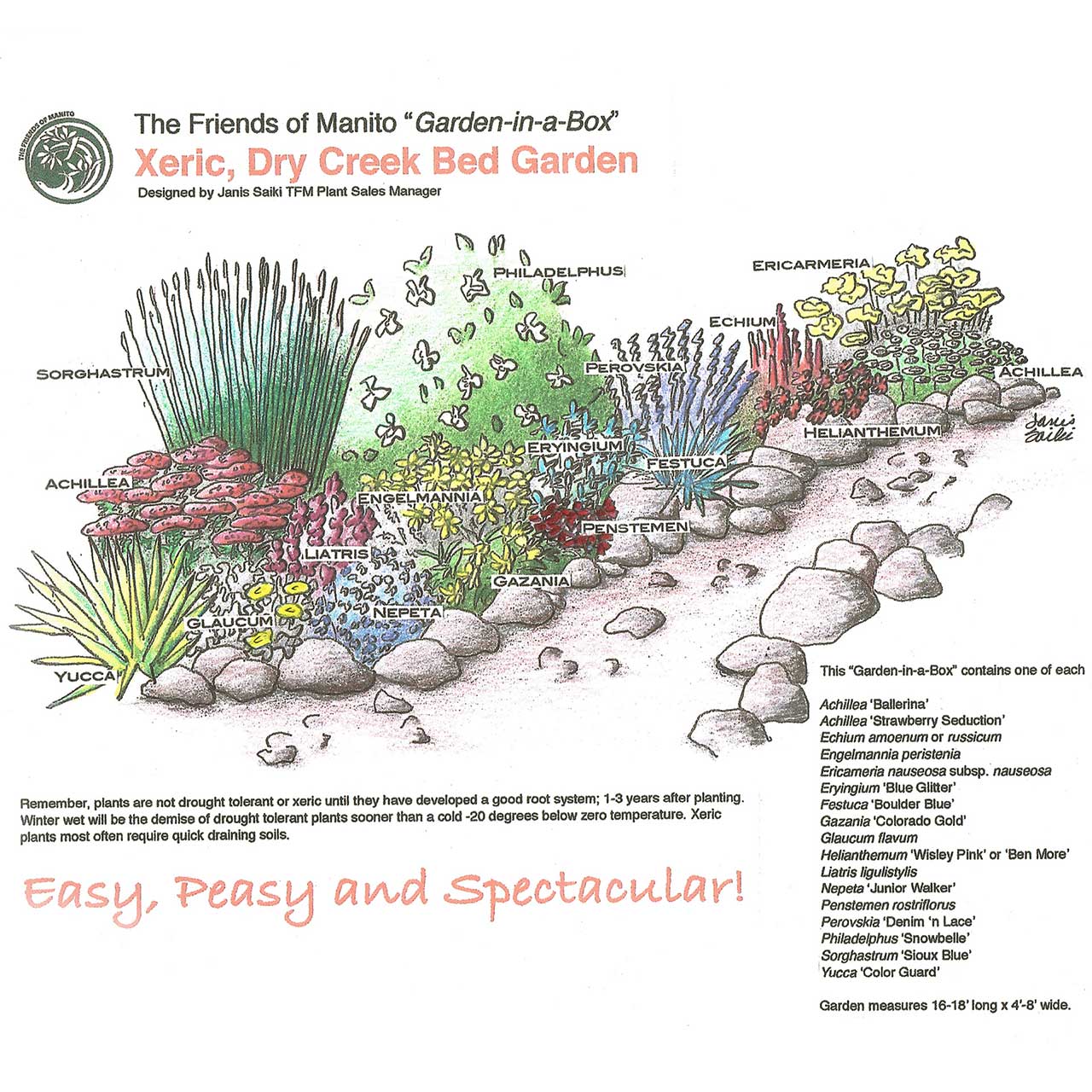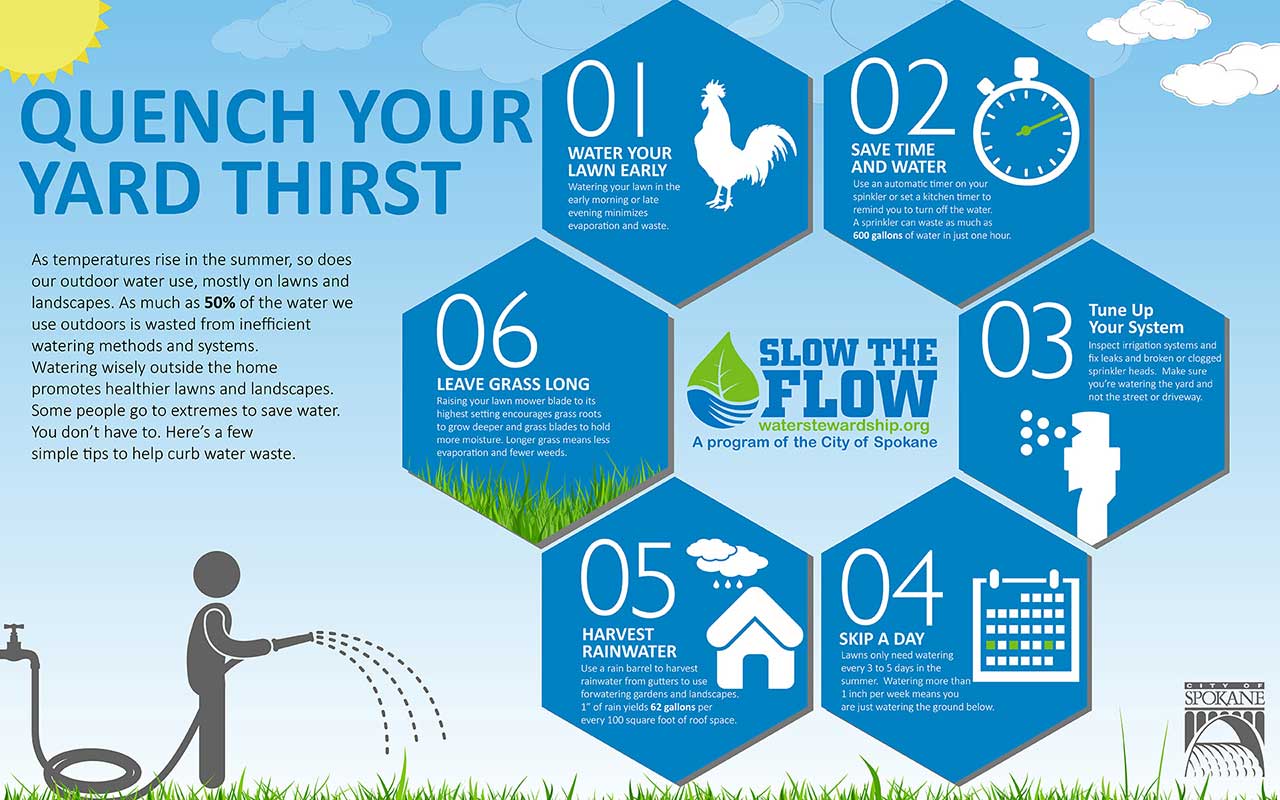Outdoor Conservation
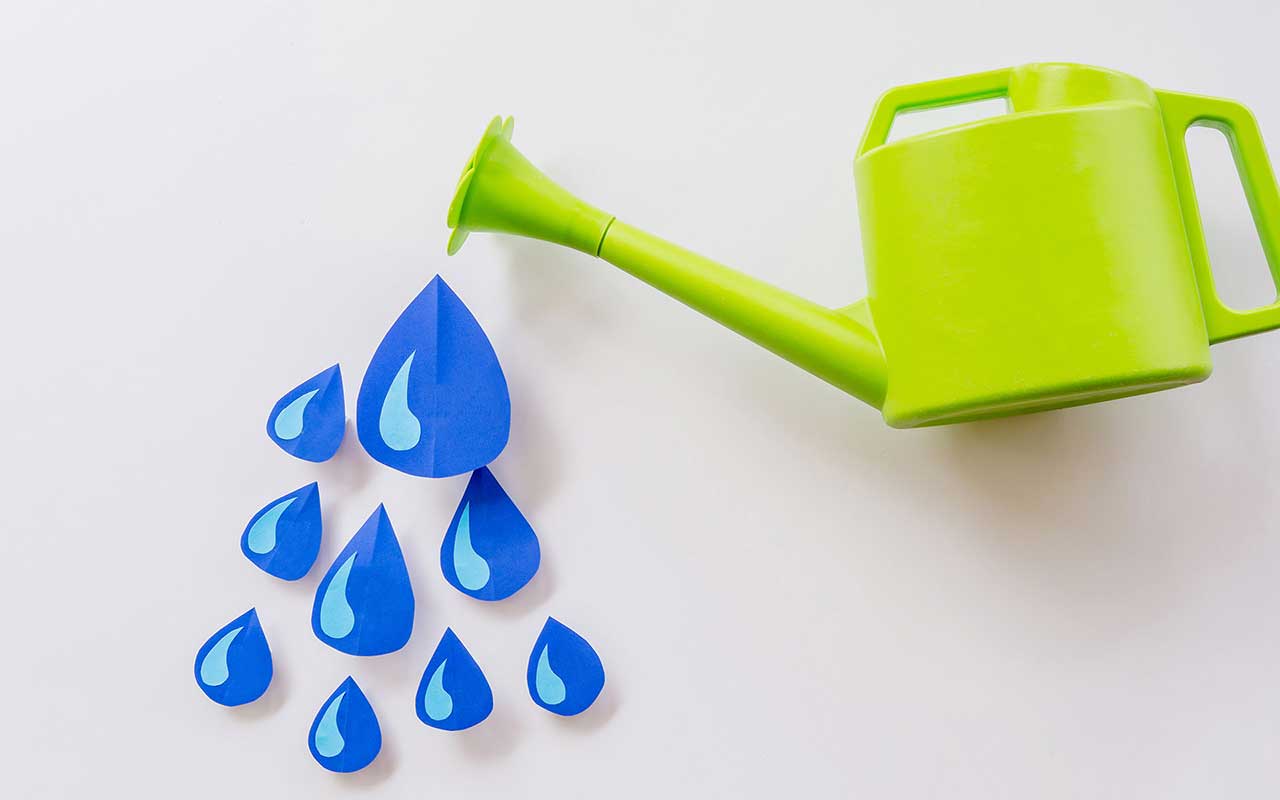
Quick Tips
Timing is Everything
- Water your lawn or garden during the cool morning hours, as opposed to midday, to reduce evaporation.
- Use an automatic timer on your sprinkler or set a kitchen timer to remind you to turn off the water. Left unattended, a garden hose can waste as much as 600 gallons of water in just one hour!
Let it Grow
- Raise your lawn mower blade to at least 3 inches. Taller grass promotes deeper roots, shades the root system, and holds soil moisture better than a closely cropped lawn.
- Don't over fertilize. You will increase the lawn's need for water.
Tune Up Your System
- Inspect irrigation systems and fix leaks and broken or clogged sprinkler heads. A broken sprinkler can waste 25,000 gallons in 6 months!
- Make sure you're watering the yard and not the street or driveway.
Water When Needed
- Lawns only need watering every 3 to 5 days in the summer. Watering more than 1 inch per week means you're just watering the ground below.
- Look for sprinklers that produce droplets or use a soaker hose to water trees and shrubs.
Sprinklers
How Much is Enough?
One of the easiest ways to save water is to make sure that you are not overwatering your lawn and plants. Most of us water more than we need to, which not only wastes water but ends up drowning our plants.

- According to numerous studies, a healthy lawn needs only about 1 inch of rain per week. When using a sprinkler system or hose, that's the equivalent of 60 gallons per 100 square feet.
- Watering a garden is a little more complicated because the amount of moisture needed by vegetables, fruits and flowers varies, and these plants are more sensitive to heat. The “one-inch-per-week” guideline generally applies with a few modifications.
- When the weather is hot, it is recommended that ½ inch is added per week for every 10 degrees that the average daily temperature exceeds 60 degrees. Always water your lawn or garden during the cool morning hours, as opposed to midday, to reduce evaporation.
- Soil type is also a factor. Since sandy soils drain faster, they require more water than other soil types. In most cases, a deep watering twice a week is sufficient once the plants are established. If the soil is moist at a depth of 6 inches, this is ideal.
- A rain sensor will allow your irrigation system to automatically shut-off if rainfall exceeds a certain amount. Afterward, the system will automatically resume its normal schedule.
Related Links
- Automatic Irrigation Systems FAQ
- Tuna Can Test (PDF 507 KB)
- “How Much Water is My Sprinker Using?” Video
- How to determine soil type
- Rain Bird Run Time Calculator can assist you in determining optimal run times for your landscape
- Smart Controllers Video
Drip Irrigation
What is Drip Irrigation?
Drip irrigation is the slow, precise application of water directly to the plants' root. A drip irrigation, micro-irrigation, system can be customized to meet your landscape's specific needs while maintaining an optimum moisture level for your plants, efficiently conserving water that might otherwise be lost.
The Benefits of Drip Irrigation
Drip irrigation is an efficient and economical method of watering. Experts say that drip irrigation is at least 90 percent more efficient than other irrigation methods and reduces runoff and evaporation. Drip irrigation applies the water slowly where it is needed—at the plant's roots.
Commonly used in commercial nursery and agricultural operations, homeowners are beginning to take advantage of its uses and benefits.
Drip irrigation involves placing tubing with emitters on the ground alongside the plants. The emitters slowly drip water into the soil at the root zone. With this slow, appropriate direct application of water, plant health and growth is improved. In addition, drip irrigation:
- Prevents disease
- Reduces weed growth
- Saves time and water
- Requires less work and maintenance
Related Links
- Dripline Installation Tips (PDF 218 KB)
- Soaker Hose How-To (PDF 162 KB)
- WSU Extension: Drip Irrigation Overview
Rain Barrels
Did you know 1" of rain yields approximately 600 gallons of water per every 1,000 square foot of roof space?! With a rain barrel you can capture that rain and reuse it to feed plants with nutrient-dense water, save money on your water bill and reduce harmful urban run-off that would otherwise pollute our watershed and river. Installing a rain barrel is inexpensive and easy. View our guide to learn more.
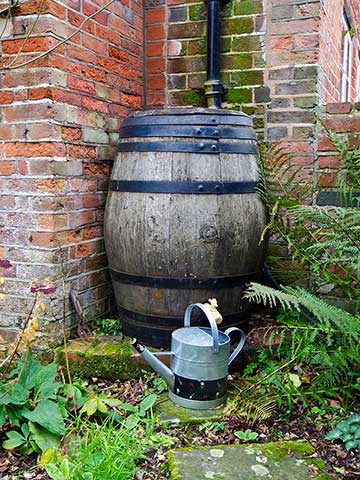
Is rain water harvesting legal in Washington?
Yes! Under Washington State policy, property owners don't have to acquire a water right permit to collect rainwater. Learn more about state policies on rainwater collection from the Department of Ecology.
Related Links
- Rain Barrel Resource Guide: DIY instructions and tips (PDF 353 KB)
- WSU Extension: Rain barrels & rain gardens
- Utah State University: How to build and use rain barrels
Landscaping
Whether adding a few plants or redesigning your entire yard, incorporate a Waterwise design to save water, time and money.
Xeriscape
Xeriscape is a type of landscaping that reduces water use and incorporates native and drought tolerant planting. It also requires very little maintenance. Native plants only require trimming a few times a year and a basic treatment for weeds in spring time.
Xeric design by Janis Saiki of The Friends of Manito. To learn more about The Friends of Manito and view more landscape designs, visit thefriendsofmanito.org
Lawn Alternatives
Consider removing your turf and replacing with a “No-Mow” design using groundcovers, clover, ornamental grasses, native flowers and shrubs. These are all low-water use and low-maintenance!
For even less maintenance, consider artificial grass. A number of manufacturers have developed versions that aren't easy to distinguish from the real thing.
Plant Native and Drought Tolerant
Once established, these plants require little water beyond what Mother Nature provides. The WSU Extension Office has comprehensive lists of native and drought tolerant plants, shrubs and trees.
Related Links
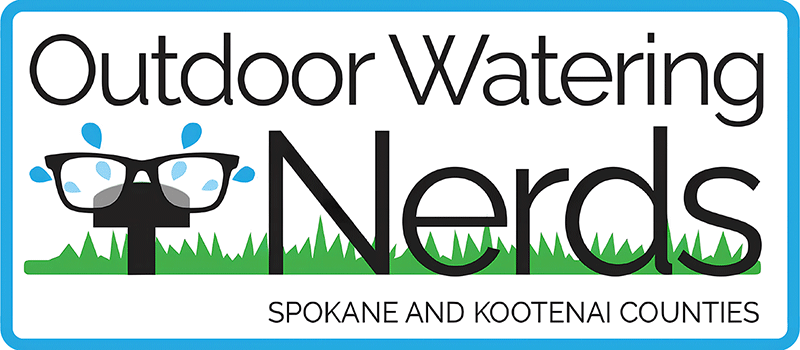
Discover a robust online platform crafted by Spokane’s community partners, dedicated to empowering individuals with resources for responsible water usage.

